What does matured beef and aged beef mean?
In a high-end restaurant, the waiter at the beef restaurant may tell you that this piece of beef has been dry-aged and has good taste and tenderness. The effect of maturation is to increase the flavor and tenderness of beef. The maturation achievement is to cut the beef and place it in a low temperature environment of about zero degrees. The beef itself is matured with natural enzymes to make the meat soft and juicy.
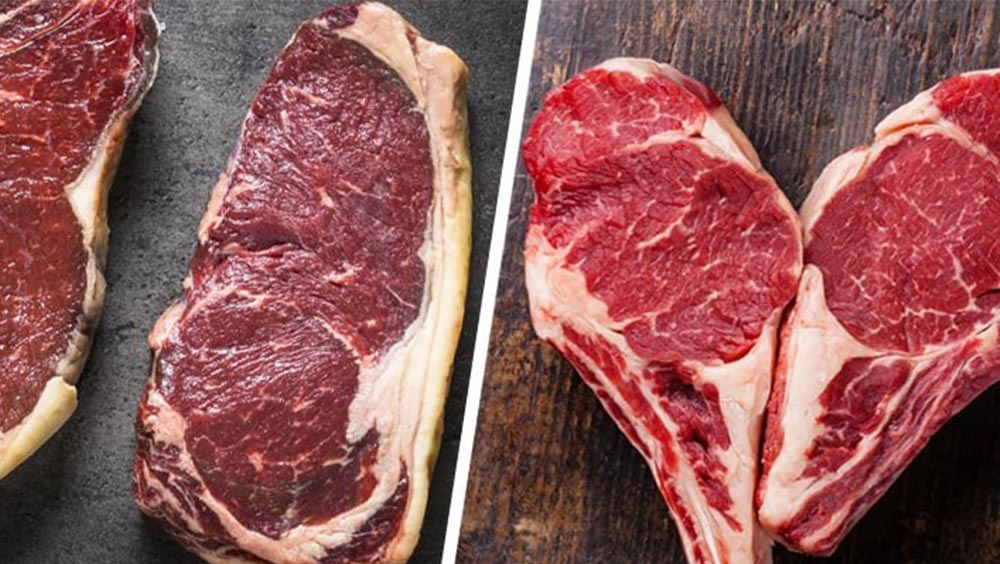
What is the difference between wet-aged beef and dry-aged beef?
There are two types of ripening, one is wet ripening and the other is dry ripening. Wet maturation; use vacuum packaging technology to coat and shape fresh beef, mature beef itself with natural enzymes, and store it at 4 degrees Celsius. Dry maturation; place the beef at a temperature slightly above the freezing point for several weeks, even months. In this environment, exposing meat to the air allows microorganisms and muscle enzymes to break down proteins and fats into fatty acids, amino acids, and sugars. In the same way as cheese is fermented, this process adds flavor and changes the texture of the meat.(Kamado)
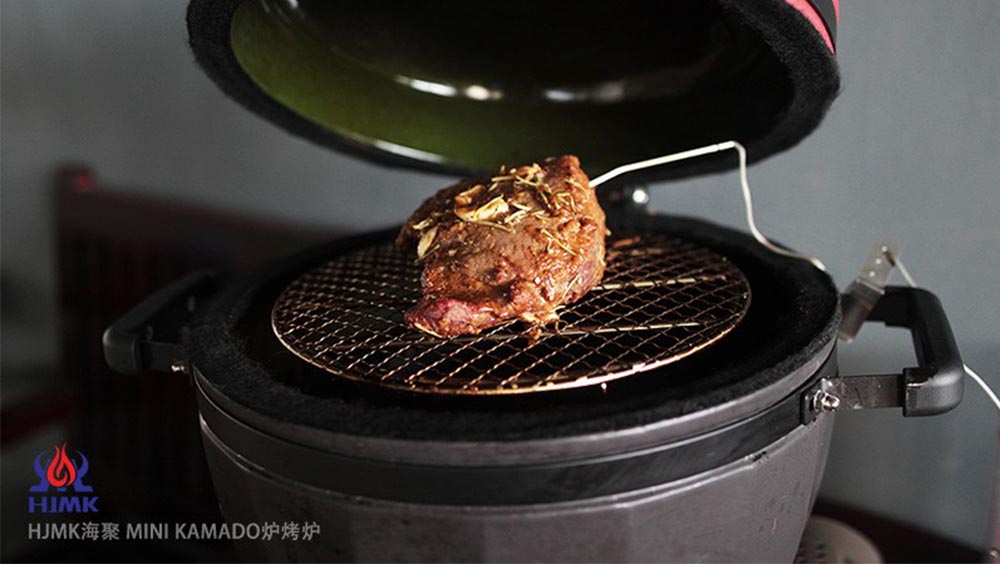
Dry-aged beef is a time-honored process in which animal carcasses are hung and exposed to the air at cold temperatures. This process can last for weeks or even months. Wet maturation means that the beef is packaged, vacuum sealed and refrigerated shortly after slaughter. This aging process usually occurs during transportation, from meat packaging to delivery to supermarket shelves. (mini Kamado)
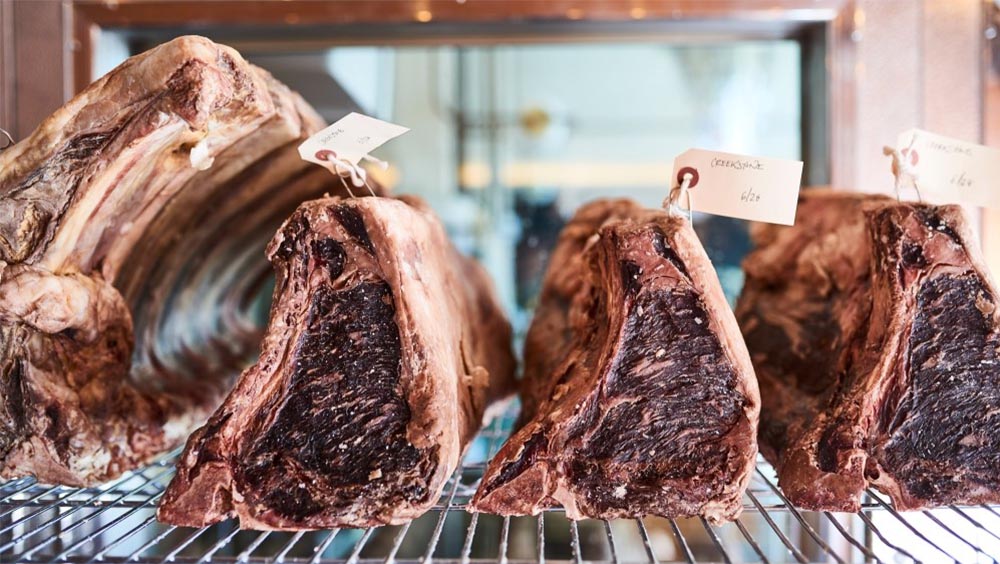
Dry aging will cause the meat to lose some moisture, usually reducing the moisture content from 75% to 70%, which gives the dry aging meat a "stronger" and richer flavor. The longer the meat is dried, the more tender it is and the stronger the flavor. However, the longer the meat is aged, the greater the weight loss. Because the surface of dried and aged beef needs to be cleaned and cut off the exposed outer surface, the output is further reduced, and the time and space required for processing result in a higher price per pound than wet and dry meat.(HJMK)
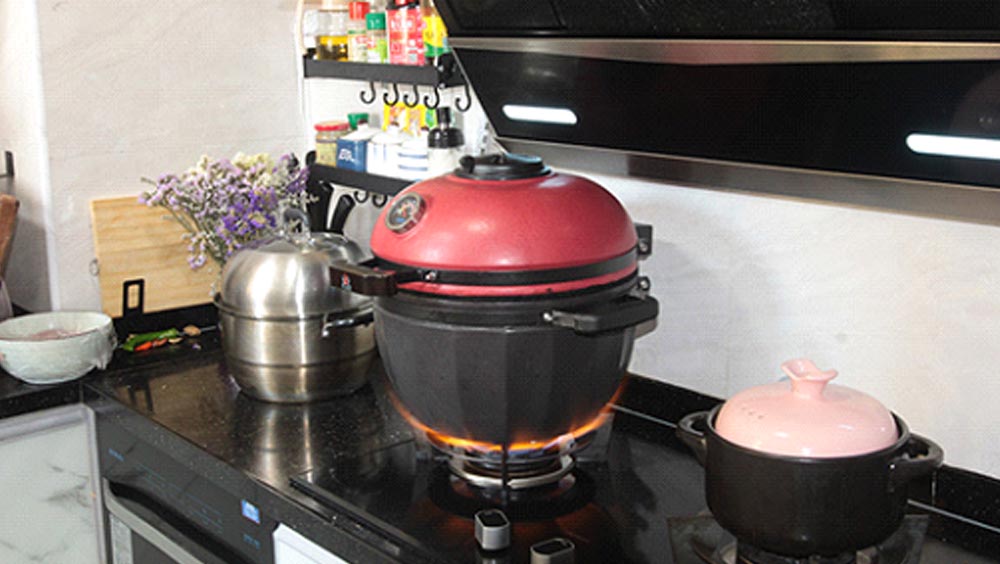
Dry ageing or wet ageing: which is better? This brings us a big problem! I think it all depends on your personal taste, cut volume and budget.
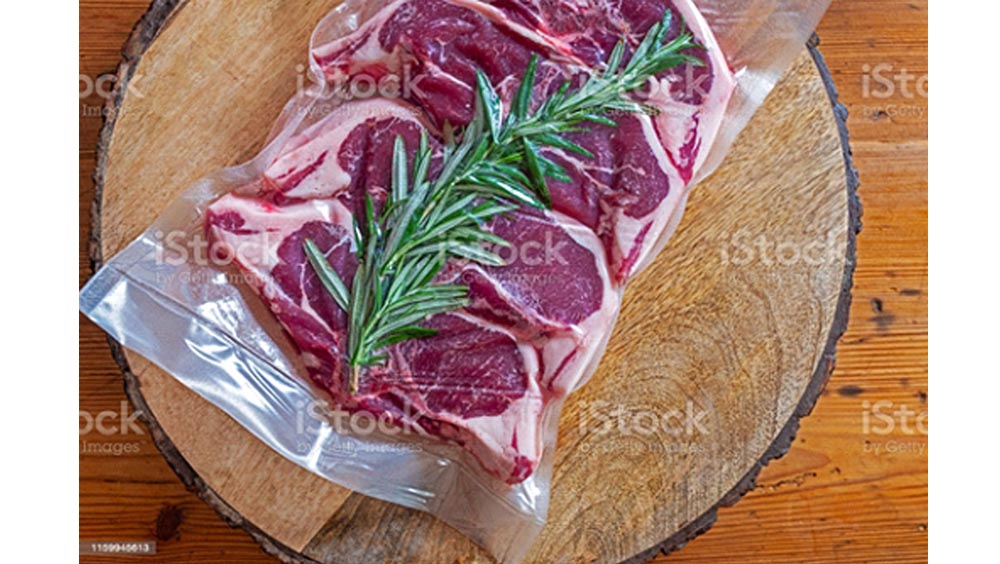
The beef we usually buy in China is basically wet-aged beef. The principle is that while the residual lactic acid and other metabolites in the meat are slowly discharged, the protease inherent in the steak will slowly decompose muscle protein in this process. This decomposition process makes beef muscle fibers loose and no longer tight (long fibers will be broken down and broken due to the catalytic action of enzymes), and beef muscle tissue (lean parts) is relatively soft and elastic. The steak is easier to cut, and the taste is more tender when chewed.

